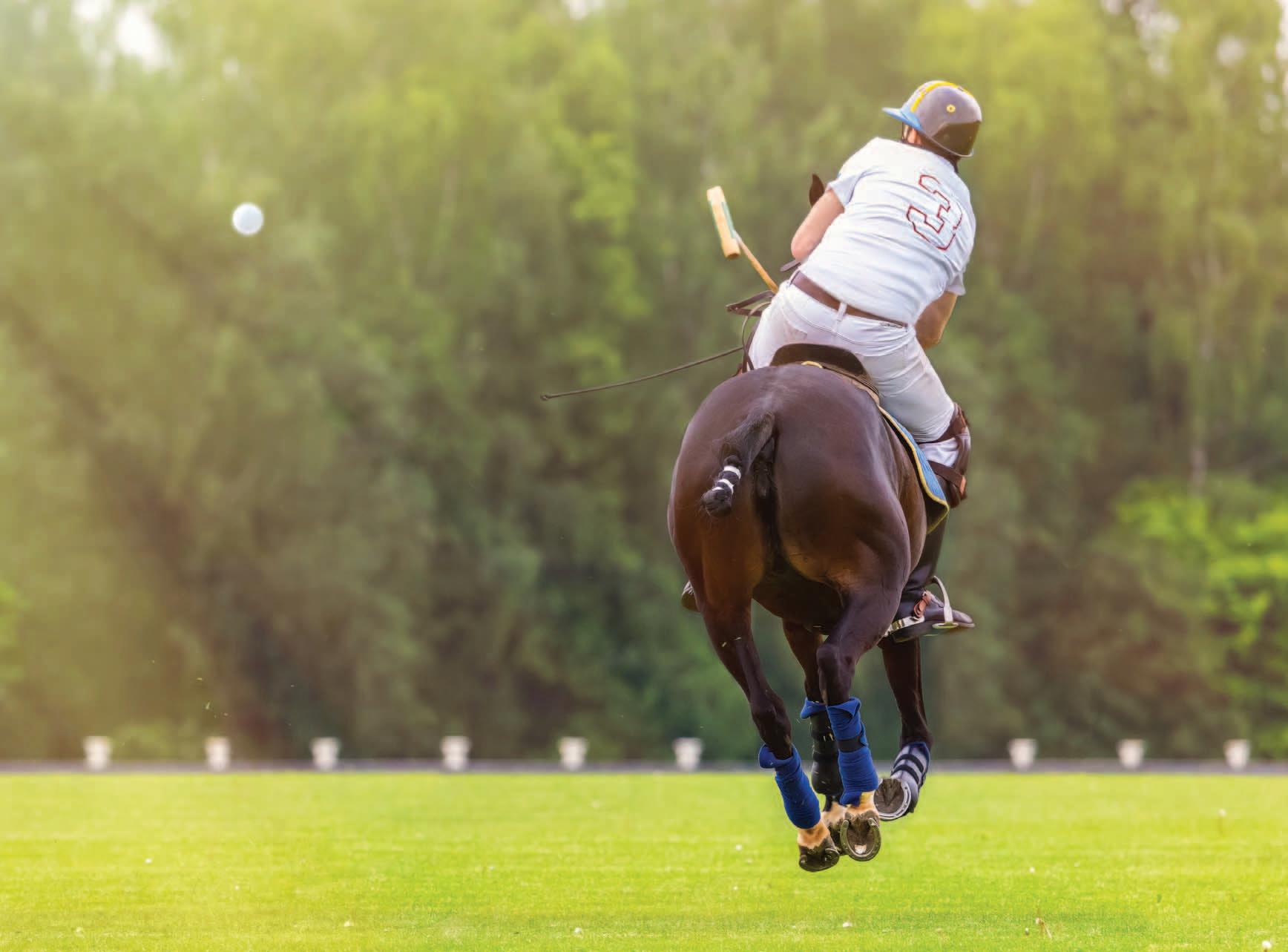
4 minute read
Instructors Forum
Game prep
Plan for various game situations, and be ready to adapt
by Corky Linfoot
There are certain aspects prior to the time a team arrives at the field that will sooner or later determine whether the team is a winning team or a losing team. Planning for basic known situations will establish a stronger team bond.
A captain is a guaranteed requirement. This individual should have an established pattern of performance that demonstrates capability to communicate not only what is previously planned but aspects that change and occur on the field.
There are three basic plays that must be discussed and understood prior to the first throw-in: knock-ins, throw-ins and free shots.
On knock-ins, when on the defensive side, are you playing man on man? Are you playing zone? Are you trying to limit the opponents to the outside of the field, hold the ball or release the ball long to no one? As in all situations involving knock-ins defensively,
On offensive, are you going to make short knock-ins covered by one of your teammates or will you hit long, gain ground and limit opportunities to the opponent?
what happens if the opponents change what they are doing? What are you, as a team, going to do to adapt?
On knock-ins on the offensive side, what is your strategy? Are you going to make short knock-ins and then have it covered by one of your teammates? Are you going to try to hit long, gain ground and limit opportunities to the opponent? Who is knocking in? How is the team going to be positioned? One of the things that must be determined is how the opponents are playing in relationship to man or zone. If the opponent is playing a zone, try to put more people in the zone than they can cover. If they are playing a man, your team should try to switch positioning and see if they can adapt. It only takes a momentary hesitation to create space and time. That is all we are looking for on knock-ins.
On throw-ins, who is lining up where? And how? And why? Are you lining up with a standard 1, 2, 3,

4? Is the No. 1 then supposed to stop the opposing No. 1? Is he supposed to look for the ball? Or is he supposed to go to his front-end position ? What are the responsibilities of the No. 2 and No. 3? Are they hunting the ball or holding a man? Are they releasing and going somewhere? Is the No. 4 lined up facing the throw-in? Is he in or out of the line up? Is he turned facing away from the umpire? All of these things should be understood before the game starts.
On free shots, make sure horse line-ups guarantee a free shot shooter is available with a usable free shot horse for the entire game. Going to a free shot knowing the horse is the main problem is the main problem.
How do you want your team lined up on Penalty 4s defensively and offensively? Where do you want them to move when the ball is struck? On Penalty 5s, defensively and offensively, it becomes a half field. How is the team going to handle this position-wise?
There are certain areas of game performance that should be discussed and created to benefit the maximum performance of the team. That is true game strategy. Is the team going to play zone? Man? Is the team going to hit and run first and hold
When lining up for a Penalty 4, how do your want your team to move once the ball is struck?
second? Is the team going to do a “hold and cover,” meaning a player maintains control of the ball with one of his teammates backing him up. Is there a determination of whether to leave the play or the one player continuing to control the ball?
Understand there are an infinite number of situations that can be covered. Where are spare mallets held? How many spare horses will there be and where will they stand? What happens if a player breaks his mallet? These things can be discussed along with other possible scenarios but they are of minor consequence in relationship to the information above.
Einstein defined insanity as a repetition of the same events with the hope of a different outcome. Have alternate plans and set-ups before you get to the field. When you play competitive polo against winning teams and things aren’t going well, you had better change what you are doing and how you are doing it. For example, if you lose two throw-ins, don’t go to the third one in the same manner. When you play against winning teams and you are winning, chances are they are going to change something. Be aware. See what changes. Be prepared to adapt. •










